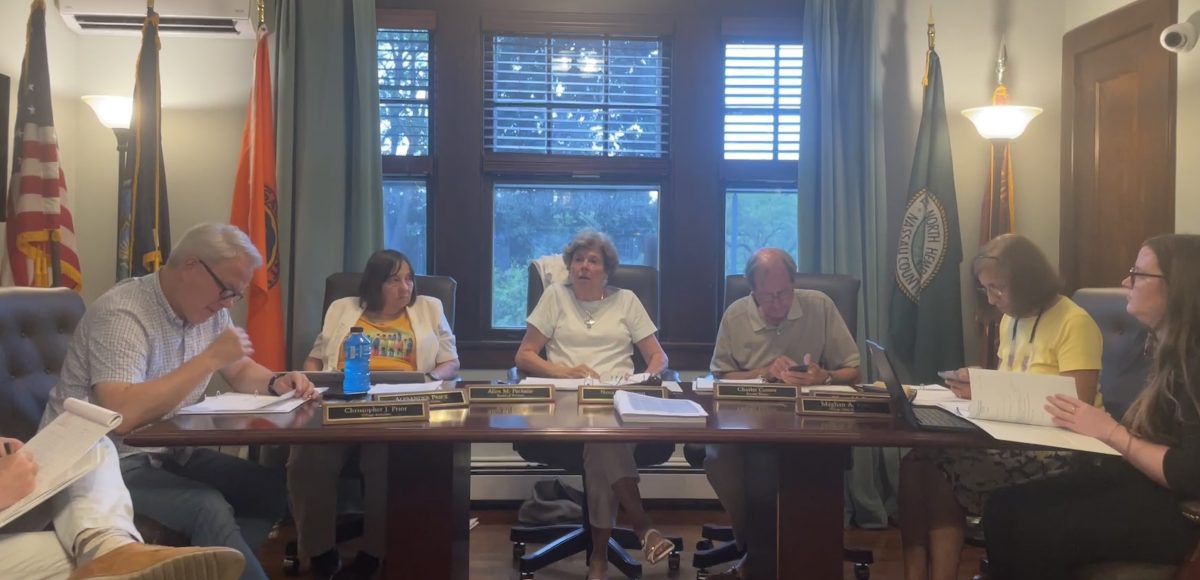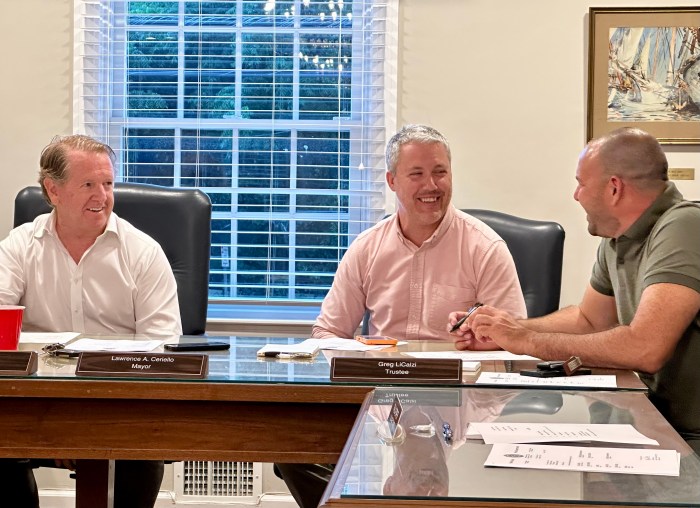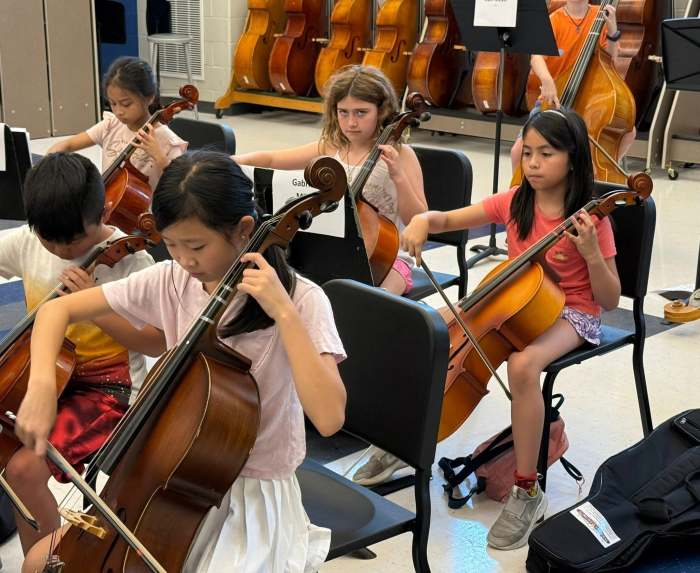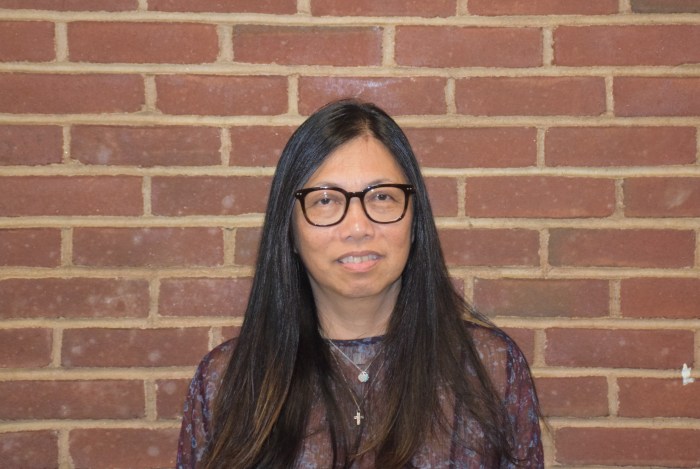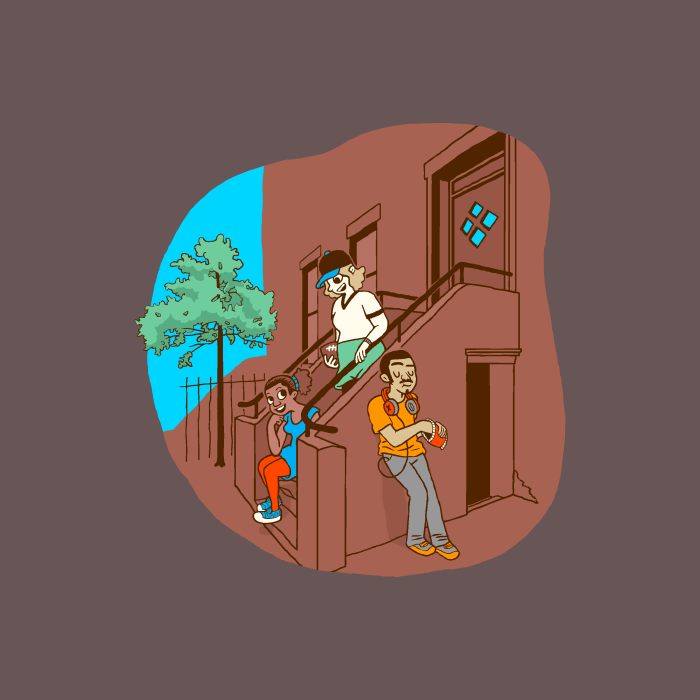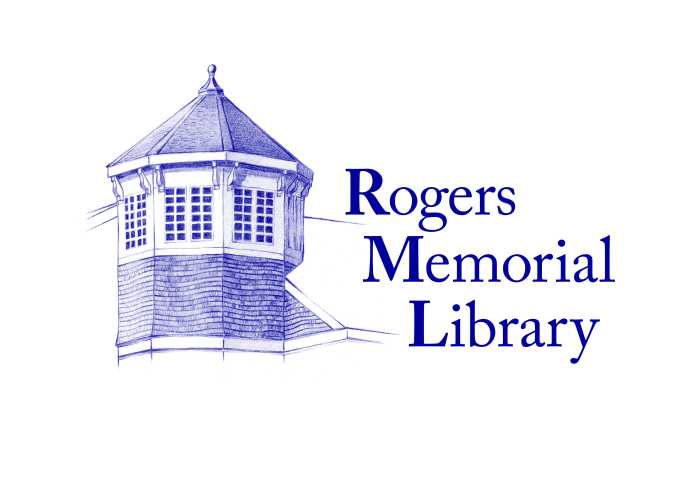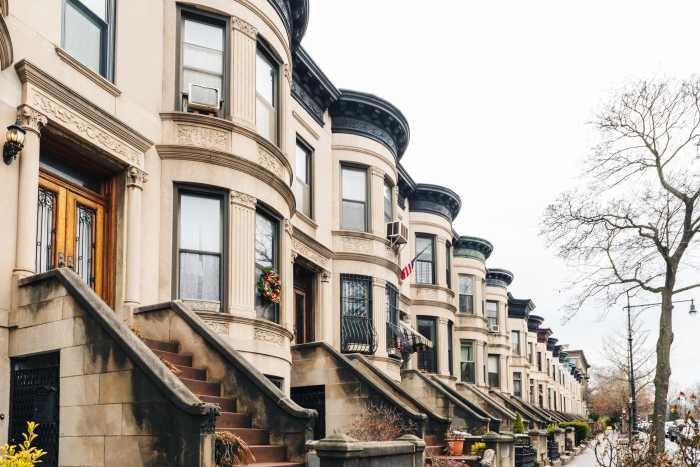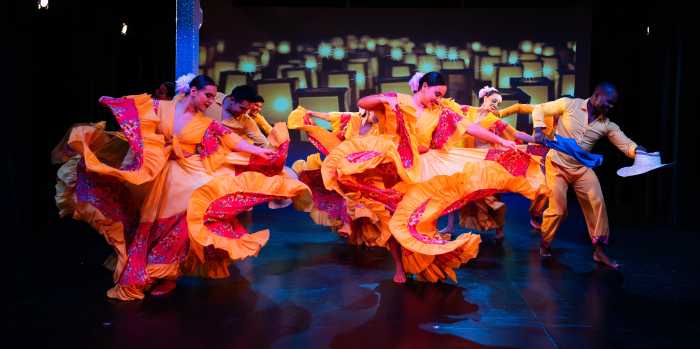The Village of Baxter Estates Board of Trustees will hold a public hearing on Wednesday, July 9, on a proposed local law concerning legal claims tied to unsafe village conditions.
The proposed law is intended to clarify how residents must notify the village of unsafe conditions, such as potholes, broken sidewalks, or damaged signage, before legal action can be taken.
The proposed law would require that notice be delivered as a physical, signed hard copy, eliminating the potential for emails, social media messages, or informal communications to count as official notice.
“This is to protect the village,” said Christopher Prior, village attorney, noting a recent court of appeals decision found municipalities could be held liable based on electronic notice if local law did not specify acceptable formats.
A public hearing on the law is expected to be held in September.
The board also unanimously agreed to pay off the remaining $3,747.90 owed to the New York State retirement system. The payment stems from a 2005 decision allowing the village to spread a required contribution over 25 years. With just four years left on the repayment plan, officials said the early payoff would save the village $462 in interest.
“Is it a huge amount? No,” said Meghan Kelly, village clerk. “But we have to pay it either way, let’s not pay interest.”
The board also approved the removal of a tree on Library Drive heavily infested with spotted lanternflies, a destructive invasive insect species that has been spreading across the region.
Mayor Nora Haagenson reported sticky sap buildup on sidewalks and insects entering homes through air conditioning systems. She said the tree, a sumac tree, is a favored host of the insects and poses a broader nuisance and potential health issue.
“Short of taking a tree down, unfortunately, there is no viable solution,” Kelly said, adding that treatments would be prohibitively expensive and temporary.
Three removal estimates were reviewed, and trustees agreed on a vendor and price. The motion to remove the trees passed unanimously.
“We have been approving trees for removal, for no other reason than being infested with flies,” said Kelly.
Trustees also discussed ongoing maintenance and communication strategies with county officials about invasive species and public nuisances. While acknowledging the rising bird population’s role in reducing lanternfly numbers, the board agreed proactive measures were still necessary.
The board is expected to reconvene for its next regular meeting in September, with legal notice for the public hearing on the new law to be published in advance. There will not be an August meeting.




